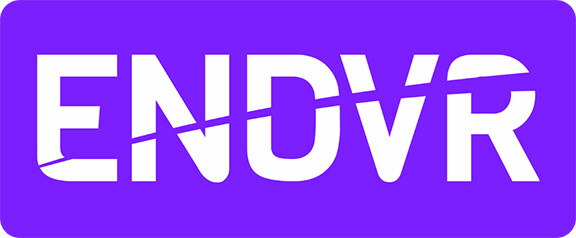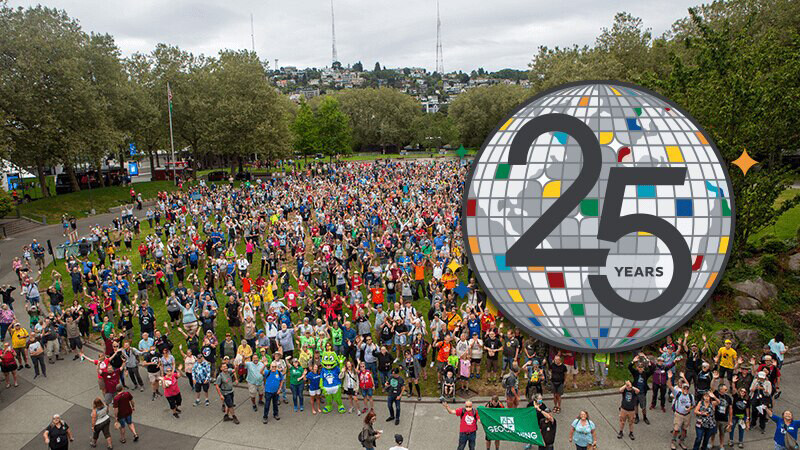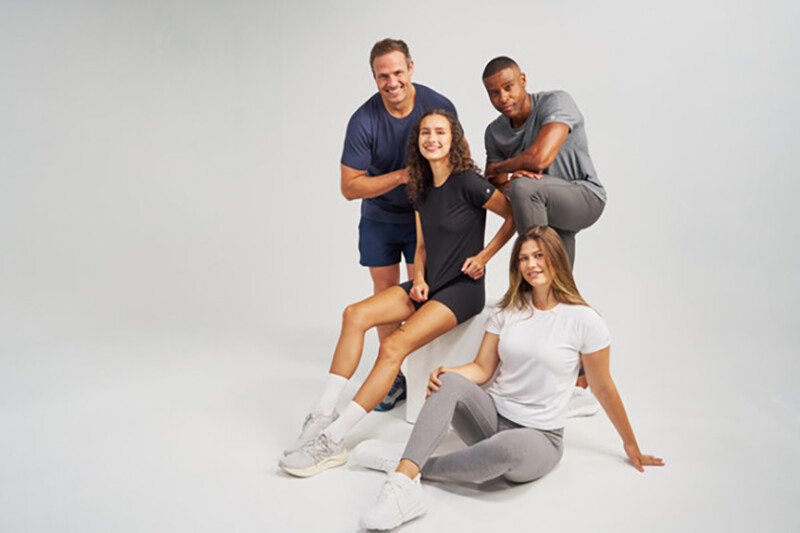As run specialty retailers slowly reopen around the country by adhering to national and local guidelines, the events they depend upon so much gradually doing the same.
One of the most important of them is the Ironman series of events, which like all other races have been cancelled through the first half of 2020 due to the COVID-19 pandemic. But it is working hard to get back to the business of racing by working with standards from the World Health Organization (WHO) and developed with guidance from the Ironman Global Medical Advisory Board (IGMAB).
The exact timing of when Ironman events can resume will depend primarily on local health organizations and guidelines.
To be ready when that time does come, Ironman recently unveiled its Safe Return To Racing event guidelines, “a series of comprehensive operating principles prepared in accordance with industry standards for open-air mass participation sporting events.”
Ironman, through its Ironman Smart Program, added that it is committed to conducting races in a way that reduces the risk for athletes, volunteers, and host communities. Ironman has benchmarked races around the world to identify and measure concentrations of physical touchpoints, proximal interactions and density focusing on every aspect of the race experience from when athletes arrive at an event until they leave the venue post-race.
The Safe Return To Racing operating principles are organized around four areas:
• Enhanced Hygiene — hand sanitizer, handwashing stations, and disinfectant wipes will be readily available around our venues. The cleaning of common venue areas will be enhanced. Staff and volunteers will be provided with face coverings and gloves to be used while working in all athlete-facing areas. Athletes will be provided with face coverings at packet pickup and are expected to wear a face-covering around event venues.
• Screening and Education — appropriate personal health, personal hygiene and safe support education and training will be provided for staff and volunteers in necessary functional areas. This includes the future expansion of the Ironman Smart Program to provide Volunteer Smart guidelines for volunteers. Athletes and volunteers will be required to fill out a pre-race health questionnaire. Additionally, in many venues, no-touch body temperature screening will be instituted.
• Density Reduction — the organization will institute measures to increase space for athletes and supporting personnel in areas such as swim start, transition and finish line. Modification or elimination of non-essential race services and functions, such as banquets, may also occur.
• Touchpoint Minimization — the organization will reduce or remove touchpoints and points of interaction between staff, athletes, and volunteers without compromising event safety and security, through redesign and reconfiguration of event village areas as well as race course zones such as aid stations.
• Athlete Self-Reliance — through the Athlete Smart program, athletes will be empowered to determine their individual level of self-reliance to further minimize interaction and touchpoints with race officials and volunteers. Athletes will be encouraged to Race Smart by carrying nutrition and hydration while utilizing items such as hydration vests and events offered special needs stations. Athletes should review and embrace Athlete Smart Self Reliance Tips which can be found at Ironman.com/return-tips
“Safety and community have always been the north stars of our organization,” said Andrew Messick, president and CEO of The Ironman Group. “And while the decision around when to host races will ultimately depend on local communities and public health authorities, we have been working with experts and race stakeholders on how to conduct events in a post-COVID environment that allows for the economic, mental and physical benefits endurance events provide.”






